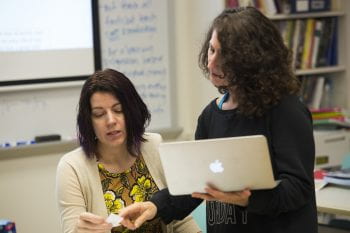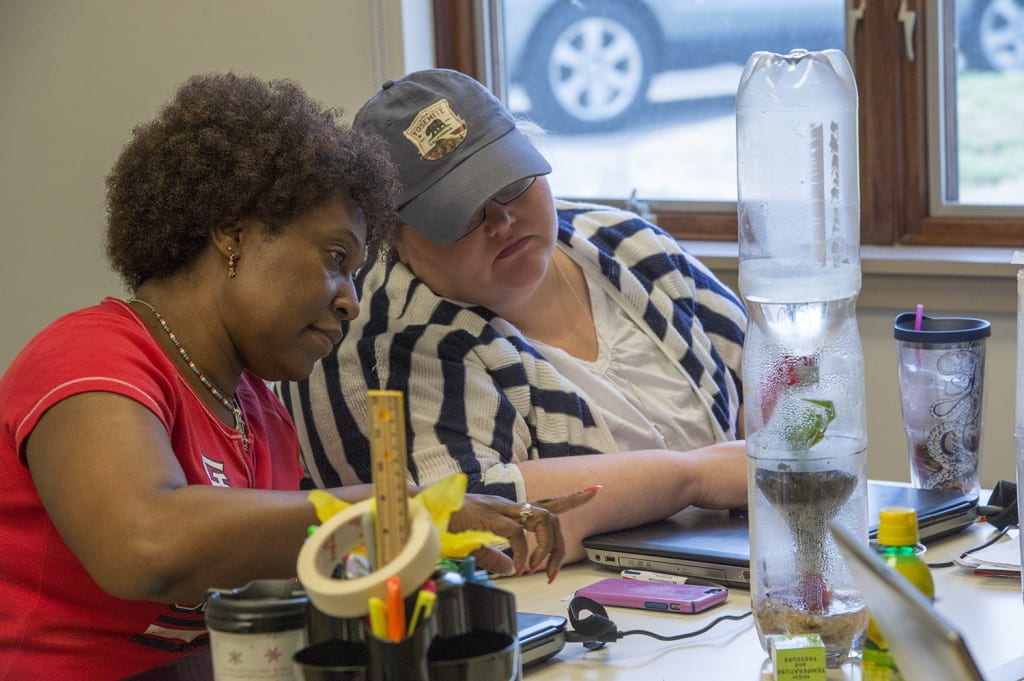The Institute for School Partnership (ISP) at Washington University has partnered once again with the Monsanto Fund to bring high quality science education to students in St. Louis.
The Monsanto Fund awarded the ISP with a $1,935,000 grant, beginning July 1st, 2015. Over the three-year grant, the ISP will create a hands-on, inquiry and project-based science curriculum for middle school students that integrates elements of engineering, mathematics and technology.
“Careers in STEM (science, technology, engineering and math) fields are growing,” said Deborah Patterson, president of the Monsanto Fund. “Extending the mySci program – which has been so successful with K-5 students – to include middle school will help prepare students to enter a world where STEM skills are essential.”
MySci launched in 2005 with a $3.7 million grant from the Monsanto Fund and a mission to cultivate the region’s next generation of scientists by engaging elementary students in science, technology, engineering and math (STEM) through interactive learning experiences and creative curriculum.
The Investigation Station was designed first with a set of three in-class units that could engage students in a fun and exciting way. This roving vehicle of innovative, hands-on exhibits and specimens made learning fun as the students crawled through and explored three zones in the 37-foot custom-built trailer.
The comments from students and educators who experienced the Investigation Station made it clear that mySci was striking the right chords when it came to science education. “Our kids absolutely loved the Investigation Station,” said Annette Cook of the Brentwood Early Childhood Center. “The students and staff are still talking about it. What an amazing way to share science with children!”
A second grant in 2012 allowed the program to expand from K-2 to include grades three through five as well. This K-5 curriculum met the needs of classroom teachers in a unique way, by providing curriculum that was both engaging and hands-on and covered content that met state education standards. After three years, mySci is now used in schools in up to 13 districts in St. Louis and the surrounding region.

However, the staff of the ISP knew more work needed to be done to prepare the next generation of not only scientists but of STEM professionals.
Research shows that there is a dramatic decrease of interest in the sciences during middle school years. Additionally, these grades are crucial to preparing students for the rigor of high school classes and beyond.
Using the successes of mySci’s K-5 curriculum, the staff will begin developing curriculum for grades sixth through eighth during the summer of 2015. These modules will be project-based in nature and will challenge students to connect science to real world problems.
“Middle school is where students decide whether they will pursue a STEM career,” said Victoria May, executive director of the ISP. “It is so important that science curriculum is engaging and allows students to envision themselves as problem solvers of the issues that our world faces today.”
August 2015 | by, Gennafer Barajas
